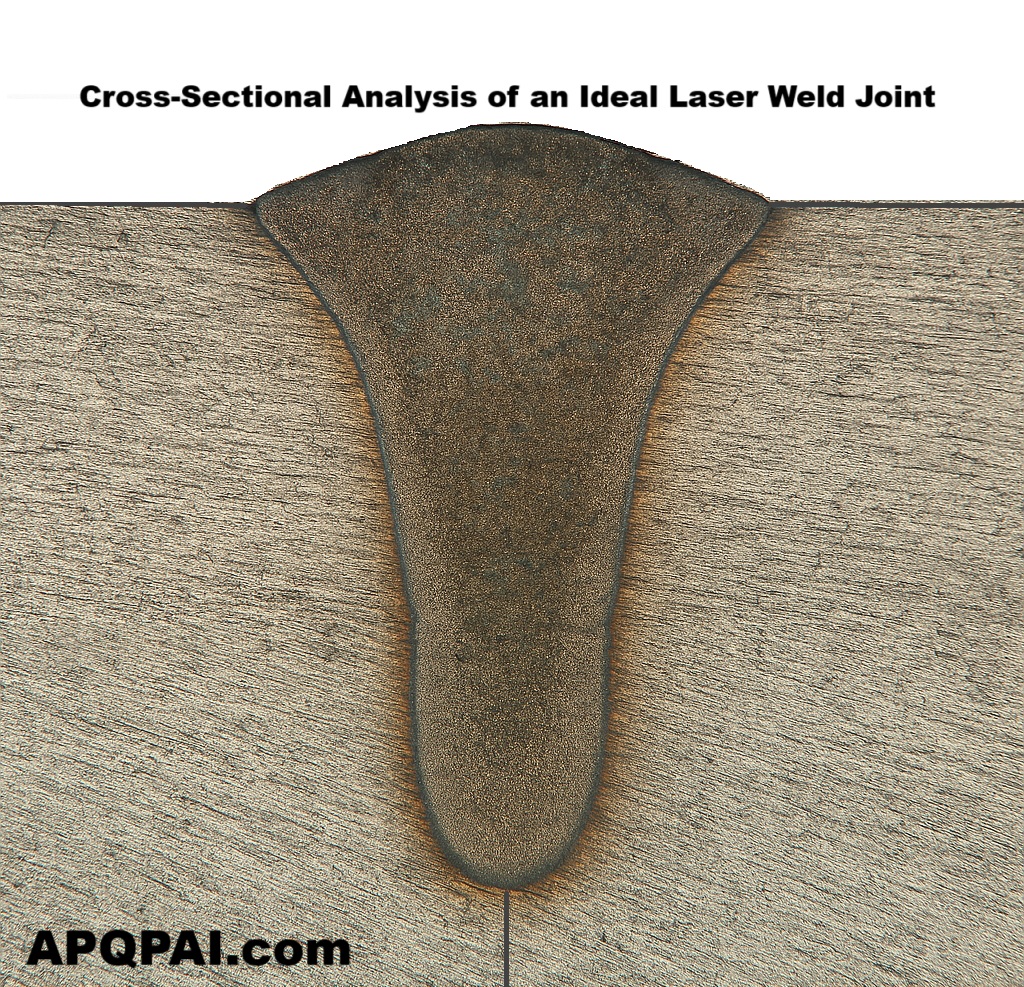1. Real-Time Monitoring and Process Control
AI can help monitor and control the laser welding process in real-time. Using sensors (such as temperature, pressure, and vision systems), AI algorithms can analyze data from the welding operation and make real-time adjustments to parameters like:
-
Laser power and focus
-
Welding speed
-
Beam alignment
-
Heat distribution
This ensures optimal performance, minimizes defects, and compensates for any changes in material properties or environmental factors.
2. Predictive Maintenance
AI can help predict when a welding machine is likely to fail or need maintenance. By continuously analyzing the operational data from laser welding systems (e.g., vibration levels, temperature fluctuations, and power consumption), AI can detect abnormal patterns that suggest wear or malfunction. This helps in scheduling timely maintenance, reducing downtime, and extending the life of the equipment.
3. Quality Assurance and Defect Detection
AI, particularly machine vision and deep learning, can be used to automatically inspect the quality of welds. Vision systems equipped with AI can analyze images or video feeds of the weld zone to detect:
-
Porosity
-
Cracking
-
Underfills
-
Inconsistent bead width
-
Spatter
This inspection is faster and more accurate than manual methods, and AI algorithms can immediately flag or correct defects in real-time.
4. Adaptive Control and Optimization
AI can optimize the laser welding parameters to achieve the best result based on the material being welded. For example, it can adjust settings like beam intensity, pulse duration, and welding speed based on real-time feedback from the system. Over time, the AI system can learn from past operations and continuously improve the process to reduce energy consumption, minimize waste, and improve weld strength.
5. Path Planning and Adaptive Welding
AI-driven algorithms can optimize the welding path for complex geometries. The system can adapt the path planning in real-time to ensure consistent and precise welds in areas that may be difficult to reach or subject to unexpected variations in the material. This can be especially useful in automation settings or when welding irregularly shaped parts.
6. Data-Driven Decision Making and Process Improvement
AI systems can collect data from every weld, including process parameters, outcomes, and material properties. This data can be analyzed to identify trends, uncover areas for improvement, and recommend adjustments to the welding process. By continually learning from the data, AI can help to refine the process over time, ensuring high-quality, consistent welds.
7. Simulation and Digital Twins
AI can assist in creating digital twins of the welding process, which are virtual replicas of the physical welding system. These models simulate the welding process and allow for virtual testing of different welding conditions before actual production. This helps in understanding how changes in material properties, temperature, or equipment performance might affect the quality of the weld.
8. AI in Welding Robotics
In robotic welding systems, AI can be integrated to enhance the coordination between robotic arms and the laser welding system. By using AI, the robot can adjust its movements dynamically based on real-time feedback to maintain consistent laser focus, optimal speed, and correct positioning of the workpiece, improving precision and reducing rework.
9. Customizing Weld Parameters for Specific Materials
AI can analyze the properties of different materials and automatically adjust the laser welding parameters for each type. For instance, it can tailor settings for materials like stainless steel, aluminum, or titanium which have distinct characteristics when exposed to high temperatures during welding.
10. Enhanced Laser Calibration
AI can be used to automatically calibrate laser systems for optimal performance, ensuring the laser beam is perfectly aligned and focused. Over time, AI can learn from any misalignments or variations and self-correct, leading to a consistently high-quality weld.

